Home>Furniture & Design>Bathroom Accessories>How To Remove Clog In Toilet Bowl
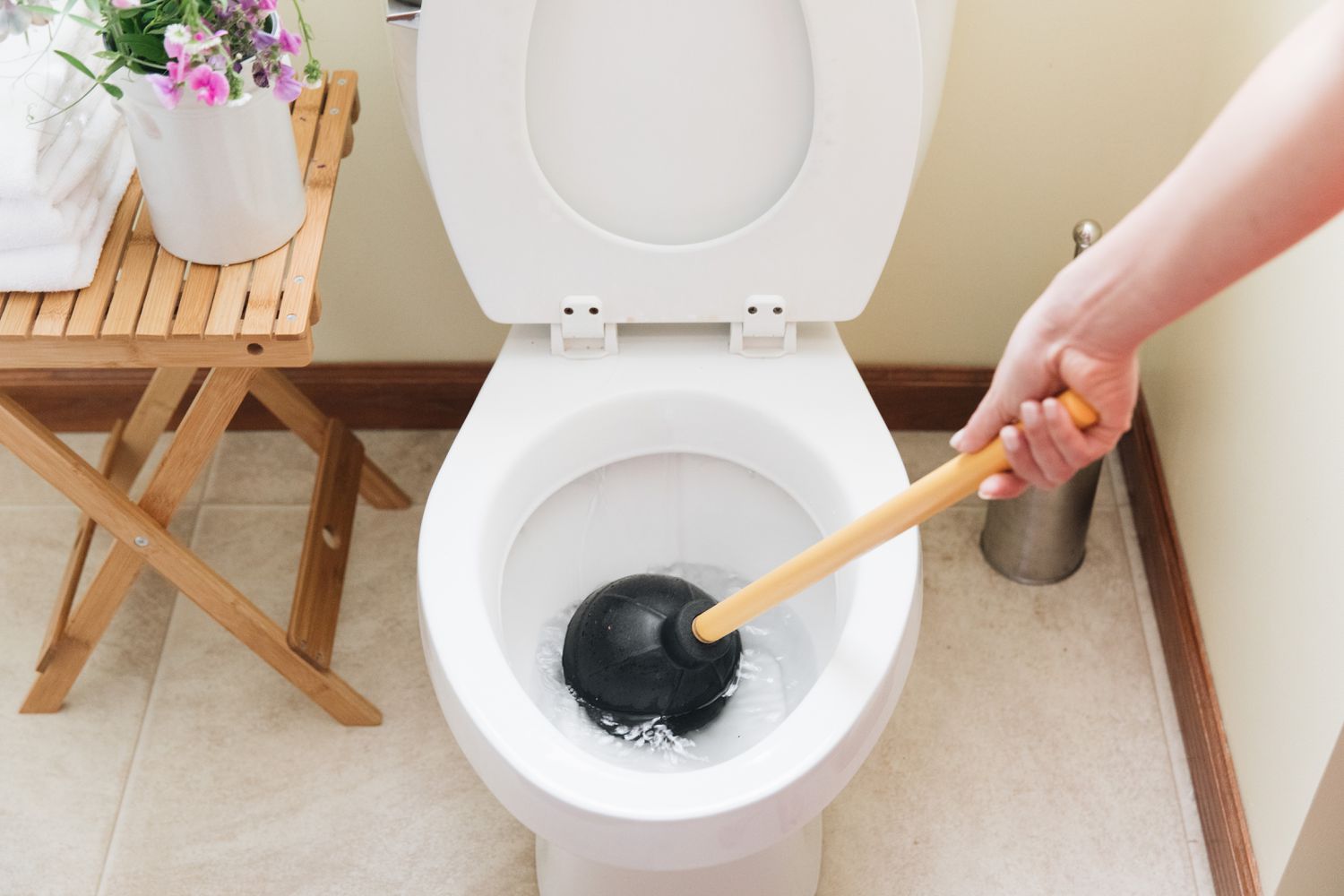

Bathroom Accessories
How To Remove Clog In Toilet Bowl
Modified: February 27, 2024
Learn effective methods for removing clogs in your toilet bowl with the right bathroom accessories. Keep your bathroom clean and functional with these simple tips.
(Many of the links in this article redirect to a specific reviewed product. Your purchase of these products through affiliate links helps to generate commission for Storables.com, at no extra cost. Learn more)
Introduction
Dealing with a clogged toilet can be a frustrating and inconvenient experience. Whether it's caused by excessive toilet paper, foreign objects, or a buildup of organic matter, a clog can disrupt the normal functioning of your bathroom and lead to unpleasant odors and potential water damage. However, with the right approach and tools, you can effectively address this common household issue and restore your toilet to proper working condition.
In this comprehensive guide, we will explore the step-by-step process of removing a clog in a toilet bowl. From assessing the severity of the clog to utilizing various tools and techniques, you will gain valuable insights into resolving this problem with confidence. By following these instructions, you can save time and money while avoiding the inconvenience of a malfunctioning toilet.
So, if you're faced with a stubborn clog that's causing frustration and inconvenience, fear not. With the information provided in this guide, you'll be equipped to tackle the issue head-on and restore your toilet to its optimal state. Let's dive into the essential tools and techniques needed to effectively remove a clog in your toilet bowl.
Key Takeaways:
- Don’t panic when dealing with a clogged toilet! Assess the severity, use a plunger, and try a toilet auger. If all else fails, call a professional plumber for a comprehensive solution.
- Gather the right tools and materials before tackling a clogged toilet. Assess the severity, use a plunger, and try a toilet auger. If needed, consider a chemical drain cleaner or seek professional help.
Read more: How To Remove A Toilet Bowl
Tools and Materials Needed
When it comes to addressing a clog in a toilet bowl, having the right tools and materials at your disposal is crucial for achieving a successful outcome. Here's a comprehensive list of items that you should gather before embarking on the clog removal process:
1. Plunger
A high-quality plunger is an indispensable tool for clearing toilet clogs. Look for a heavy-duty rubber plunger with a flange or extension on the bottom, specifically designed for toilets. This design ensures a tight seal, allowing for effective pressure application during the plunging process.
2. Toilet Auger (also known as a Closet Auger)
A toilet auger is a specialized tool designed to navigate through the curves of the toilet's trap and clear obstructions. It consists of a long, flexible metal cable with a coiled end and a handle for easy operation. Ensure that the auger's length is suitable for reaching the clog without causing damage to the porcelain.
3. Rubber Gloves
Wearing rubber gloves is essential for maintaining hygiene and protecting your hands during the clog removal process. Opt for durable, waterproof gloves that provide a secure grip and ample dexterity for handling various tools and materials.
Read more: How To Drain A Toilet Bowl For Removal
4. Bucket
Having a bucket on hand is practical for several reasons. It can be used to hold water for flushing the toilet, catch excess water during the clog removal process, and store soiled materials or cleaning solutions. Choose a sturdy, medium-sized bucket that is easy to maneuver in the bathroom space.
5. Chemical Drain Cleaner (Optional)
In some cases, a chemical drain cleaner can effectively dissolve organic matter and debris causing the clog. If you choose to use a chemical cleaner, ensure that it is specifically formulated for toilet clogs and follow the manufacturer's instructions carefully. Exercise caution and use protective eyewear and gloves when handling chemical cleaners.
6. Protective Eyewear (Optional)
When using a chemical drain cleaner or performing any task that may result in splashing or aerosolization of water and debris, wearing protective eyewear is advisable. Safety goggles or glasses with side shields provide essential protection for your eyes during the clog removal process.
By assembling these essential tools and materials, you'll be well-prepared to tackle the task of removing a clog in your toilet bowl effectively. With the right equipment at your disposal, you can approach the subsequent steps with confidence, knowing that you have everything you need to address the issue efficiently and safely.
Step 1: Assess the Severity of the Clog
Before diving into the clog removal process, it's essential to assess the severity of the clog to determine the most appropriate course of action. Understanding the nature and extent of the obstruction will guide your approach and help you avoid potential complications during the removal process.
Start by observing the water level in the toilet bowl. If the water is rising to the brim or overflowing, it indicates a severe clog that requires immediate attention. In such cases, refrain from flushing the toilet repeatedly, as it can exacerbate the situation and lead to water damage in the bathroom.
Next, take note of any unusual signs or symptoms accompanying the clog. For instance, if you notice gurgling sounds coming from the toilet or slow drainage in other fixtures, it could indicate a more complex issue within the plumbing system. These observations can provide valuable insights for diagnosing the underlying cause of the clog.
Once you've assessed the visible indicators, consider the potential causes of the clog. Common culprits include excessive toilet paper usage, the inadvertent flushing of foreign objects, or the accumulation of organic matter and mineral deposits over time. Understanding the likely cause of the clog can inform your approach and help prevent similar incidents in the future.
Additionally, evaluate the accessibility of the clog within the toilet drain. If the obstruction is located near the surface and appears relatively soft, it may be more responsive to plunging or auger-based removal methods. However, if the clog is deeper within the drain or resistant to initial attempts at clearance, it may require more advanced techniques or professional intervention.
By thoroughly assessing the severity of the clog and considering the aforementioned factors, you can gain a comprehensive understanding of the situation and proceed with confidence to address the issue effectively. This initial step sets the stage for the subsequent actions outlined in this guide, ensuring that you approach the clog removal process with clarity and informed decision-making.
Read more: How To Remove Scratches In Toilet Bowl
Step 2: Use a Plunger
When it comes to addressing a clog in a toilet bowl, utilizing a plunger is often the first line of defense. A plunger works by creating a seal around the drain opening and using hydraulic pressure to dislodge the obstruction. To effectively use a plunger for toilet clog removal, follow these step-by-step instructions:
-
Position the Plunger: Ensure that the plunger's flange or extension is fully extended to create a tight seal within the toilet drain. Place the plunger over the drain opening, ensuring that it covers the entire area to prevent air from escaping.
-
Apply Firm Pressure: With the plunger in position, apply firm and consistent pressure by pressing down and then pulling up in a rhythmic motion. The goal is to create a strong suction force that can dislodge the clog and allow water to flow freely through the drain.
-
Repeat the Process: Continue plunging for several cycles, maintaining a steady and controlled rhythm. It's essential to be patient and persistent, as it may take multiple attempts to effectively clear the clog. Avoid using excessive force, as it can lead to splashing and potential seal breakage.
-
Observe the Drainage: After several plunging cycles, observe the drainage in the toilet bowl. If the water begins to drain more freely or if the water level decreases, it indicates progress in dislodging the clog. If the water level remains unchanged, continue plunging to further address the obstruction.
-
Flush the Toilet: Once the clog has been successfully cleared, flush the toilet to ensure that water flows through the drain without any signs of backup or resistance. This final step confirms the effectiveness of the plunging process and allows you to verify that the clog has been fully removed.
By following these steps and using a plunger effectively, you can often resolve minor to moderate toilet clogs with relative ease. However, if the clog persists despite repeated plunging attempts, it may be necessary to explore alternative methods such as using a toilet auger or a chemical drain cleaner. Understanding the proper technique for using a plunger is a valuable skill for any homeowner, providing a practical and immediate solution for addressing toilet clogs.
Step 3: Try a Toilet Auger
When a stubborn clog in a toilet bowl proves resistant to traditional plunging methods, employing a toilet auger, also known as a closet auger, can provide an effective solution. A toilet auger is a specialized tool designed to navigate through the curves of the toilet's trap and clear obstructions that are deeper or more challenging to reach. Here's a detailed exploration of how to use a toilet auger to address a persistent clog:
-
Prepare the Toilet Auger: Before using the toilet auger, ensure that the protective sleeve or cover is in place to prevent damage to the porcelain surface of the toilet bowl. The auger's coiled end should be securely positioned within the protective housing, ready for use.
-
Insert the Auger: Carefully insert the coiled end of the toilet auger into the toilet drain, ensuring that it navigates past the curved trap and reaches the location of the clog. Exercise caution to avoid excessive force, as it can potentially damage the porcelain or cause the auger to become stuck.
-
Rotate and Maneuver: Once the auger is inserted, gently rotate the handle in a clockwise direction while applying steady pressure. The coiled end of the auger will effectively "grab" onto the obstruction, allowing you to maneuver and dislodge the clog without causing damage to the toilet's internal components.
-
Retract the Auger: After successfully engaging the clog with the auger, carefully retract the tool from the toilet drain. Be mindful of any resistance or debris that may be attached to the auger, ensuring that it is fully removed from the drain without dislodging the clog back into the trap.
-
Flush and Verify: Once the auger has been removed, flush the toilet to verify that the clog has been effectively cleared. Observe the drainage and water flow to confirm that the obstruction has been dislodged and that the toilet is functioning as intended.
By following these steps and using a toilet auger with precision and care, you can effectively address challenging toilet clogs that may not respond to traditional plunging methods. The toilet auger's specialized design and functionality make it a valuable tool for homeowners facing persistent clogs, providing a targeted and efficient means of resolving the issue without causing damage to the toilet's internal components.
Step 4: Use a Chemical Drain Cleaner
In some instances, particularly when traditional methods such as plunging and using a toilet auger have proven ineffective, a chemical drain cleaner can be utilized to address stubborn toilet clogs. Chemical drain cleaners are formulated to dissolve organic matter, debris, and mineral buildup that contribute to clogs, providing an alternative approach to clearing the obstruction. When considering the use of a chemical drain cleaner, it's essential to exercise caution and follow the manufacturer's instructions meticulously to ensure safe and effective application.
Before proceeding with the use of a chemical drain cleaner, it's crucial to select a product specifically designed for toilet clogs. These formulations are tailored to address the unique challenges presented by toilet drain obstructions, offering powerful dissolving agents that target organic matter and other common sources of clogs. Additionally, ensure that the chosen chemical drain cleaner is compatible with the materials used in your toilet's plumbing system, minimizing the risk of damage to pipes and fixtures.
When using a chemical drain cleaner, it's imperative to prioritize safety by wearing protective gloves and eyewear to shield against potential splashes or contact with the cleaning solution. Begin by carefully pouring the recommended amount of the chemical drain cleaner into the toilet bowl, taking care to avoid spillage or excessive exposure to the skin. Allow the cleaner to work its way through the clog by following the specified dwell time provided by the manufacturer.
During the dwell time, the chemical drain cleaner will interact with the clog, breaking down organic matter and debris to facilitate easier clearance. It's essential to maintain proper ventilation in the bathroom during this process, as some chemical drain cleaners emit fumes that can be harmful if inhaled. After the designated dwell time has elapsed, flush the toilet to determine the effectiveness of the chemical cleaner in dislodging the clog.
It's important to note that while chemical drain cleaners can be effective in certain scenarios, they should be used judiciously and as a last resort due to their potentially harsh nature and environmental impact. Additionally, if the clog persists despite the application of a chemical drain cleaner, it's advisable to seek professional plumbing assistance to address the issue comprehensively.
By understanding the proper application and considerations associated with using a chemical drain cleaner, homeowners can approach the task of addressing stubborn toilet clogs with informed decision-making and a focus on safety and effectiveness. When used responsibly and in accordance with the manufacturer's guidelines, chemical drain cleaners can serve as a viable option for resolving challenging clogs and restoring the proper function of the toilet.
Step 5: Call a Professional Plumber
In situations where persistent or complex toilet clogs defy conventional removal methods, seeking the expertise of a professional plumber can provide a comprehensive and effective solution. Professional plumbers possess the knowledge, experience, and specialized tools necessary to diagnose and address challenging clogs, ensuring the long-term functionality and integrity of the toilet and its associated plumbing system.
When considering the option to call a professional plumber, it's important to recognize the potential benefits of enlisting their services. Professional plumbers undergo rigorous training and certification, equipping them with the expertise to navigate intricate plumbing systems and identify the underlying causes of persistent clogs. By leveraging their skills, plumbers can conduct thorough assessments to pinpoint the source of the clog, whether it's related to obstructions within the toilet itself or issues within the broader plumbing network.
Moreover, professional plumbers have access to advanced tools and equipment designed specifically for diagnosing and resolving complex clogs. From high-powered drain augers to specialized camera inspection systems, these resources enable plumbers to conduct detailed assessments and implement targeted solutions tailored to the specific nature of the clog. By leveraging their expertise and tools, plumbers can address challenging clogs with precision and efficiency, minimizing the risk of damage to the toilet and its associated components.
Additionally, the involvement of a professional plumber provides homeowners with peace of mind and assurance that the clog will be addressed comprehensively. Plumbers can offer valuable insights and recommendations for preventing future clogs, such as adjusting flushing habits, implementing preventive maintenance measures, or upgrading plumbing fixtures to enhance performance and reliability. Their expertise extends beyond clog removal, encompassing preventive strategies that contribute to the long-term functionality of the toilet and the overall plumbing system.
By engaging the services of a professional plumber, homeowners can benefit from a holistic approach to addressing persistent toilet clogs, ensuring that the underlying causes are identified and resolved with precision. While DIY efforts and basic tools can address minor clogs, complex or recurring issues often necessitate the intervention of a skilled professional. Ultimately, the involvement of a professional plumber represents an investment in the long-term functionality, efficiency, and reliability of the toilet and its associated plumbing infrastructure.
In summary, when faced with stubborn or recurrent toilet clogs that resist traditional removal methods, reaching out to a professional plumber is a proactive and strategic decision. By leveraging the expertise, resources, and insights offered by professional plumbers, homeowners can address challenging clogs with confidence, knowing that the issue will be resolved comprehensively and that preventive measures will be implemented to minimize the likelihood of future clogs.
Try using a plunger to remove the clog in the toilet bowl. Make sure there is enough water in the bowl to cover the plunger, and use a firm, up-and-down motion to create suction and dislodge the clog.
Read more: How To Remove Calcium Buildup In Toilet Bowl
Conclusion
In conclusion, addressing a clog in a toilet bowl requires a systematic approach, the right tools, and a keen understanding of the underlying causes of the obstruction. By following the step-by-step process outlined in this guide, homeowners can effectively tackle toilet clogs with confidence and precision, restoring the proper functionality of their bathrooms.
The initial step of assessing the severity of the clog sets the stage for informed decision-making, allowing individuals to gauge the extent of the obstruction and identify potential underlying issues within the plumbing system. This critical assessment provides valuable insights that guide subsequent actions, ensuring that the chosen removal method aligns with the nature of the clog.
Utilizing a plunger as the first line of defense offers a practical and immediate solution for minor to moderate toilet clogs. The proper technique for plunging, as outlined in this guide, empowers homeowners to address common clogs with ease, providing a valuable skill set for maintaining functional and hygienic bathroom facilities.
When traditional plunging methods prove ineffective, the utilization of a toilet auger presents a targeted and efficient approach to dislodging persistent clogs. The specialized design of the toilet auger enables homeowners to navigate the curves of the toilet's trap and address obstructions that are deeper or more challenging to reach, offering a valuable alternative to traditional removal methods.
In cases where stubborn clogs persist, the cautious application of a chemical drain cleaner can serve as a viable option, provided it is used responsibly and in accordance with the manufacturer's guidelines. However, it's important to recognize the potential risks and environmental impact associated with chemical drain cleaners, emphasizing the need for judicious use and consideration of alternative removal methods.
Finally, when persistent or complex clogs present significant challenges, seeking the expertise of a professional plumber offers a comprehensive and strategic solution. Professional plumbers bring a wealth of knowledge, experience, and specialized tools to the table, ensuring that challenging clogs are addressed with precision and that preventive measures are implemented to minimize the likelihood of future obstructions.
By embracing the insights and techniques presented in this guide, homeowners can approach the task of removing a clog in a toilet bowl with confidence and clarity. Whether it's through the adept use of basic tools or the involvement of professional expertise, addressing toilet clogs effectively contributes to the overall functionality, hygiene, and convenience of the home environment.
Frequently Asked Questions about How To Remove Clog In Toilet Bowl
Was this page helpful?
At Storables.com, we guarantee accurate and reliable information. Our content, validated by Expert Board Contributors, is crafted following stringent Editorial Policies. We're committed to providing you with well-researched, expert-backed insights for all your informational needs.
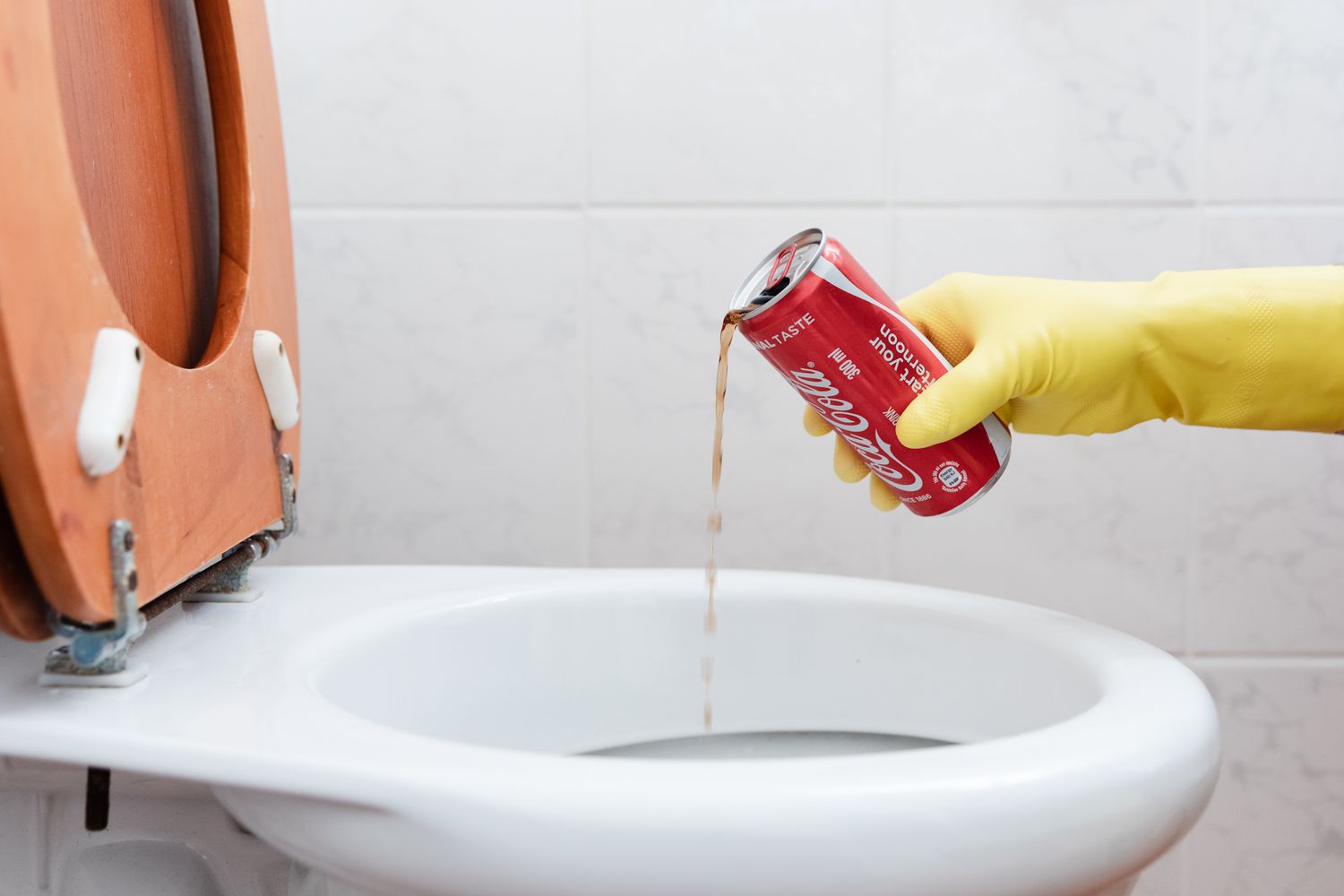
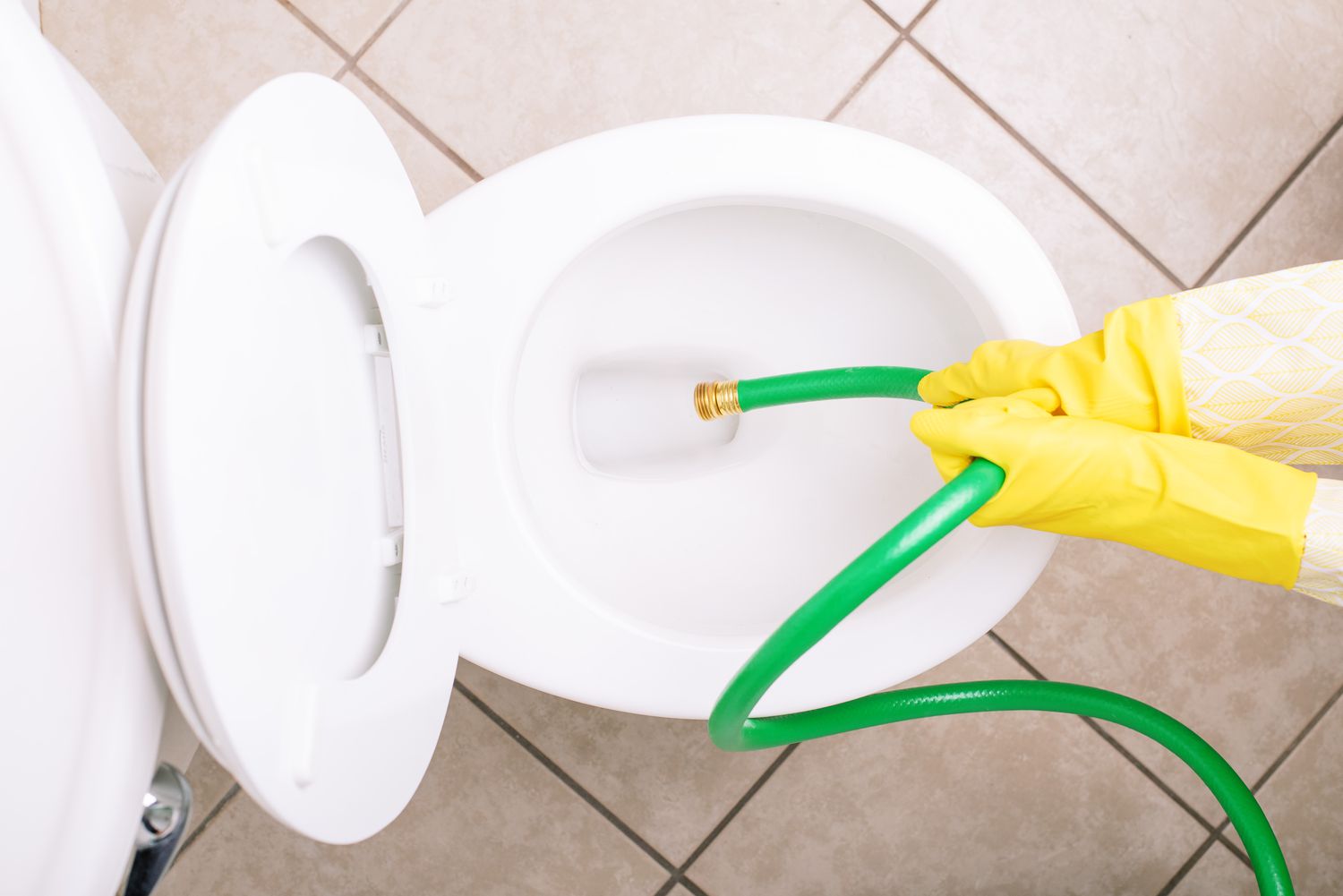
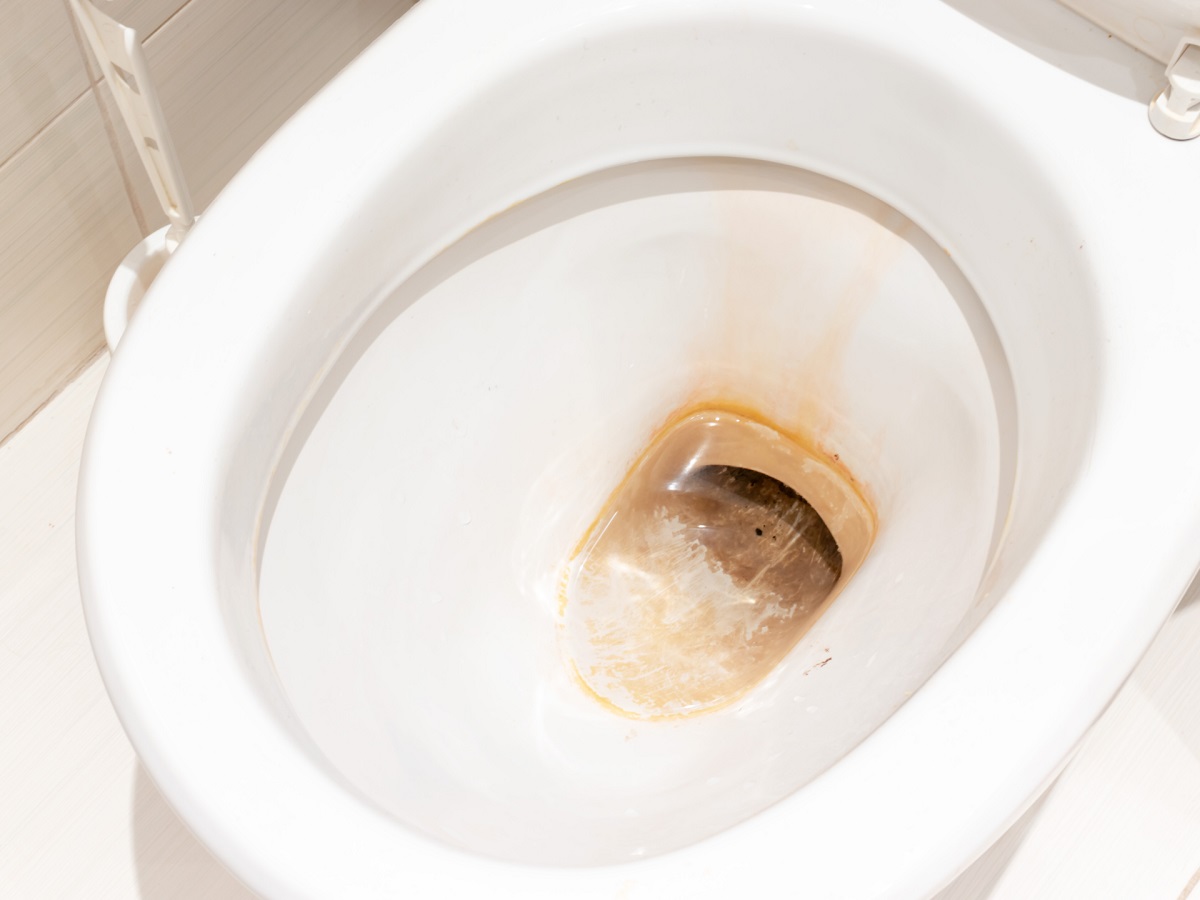
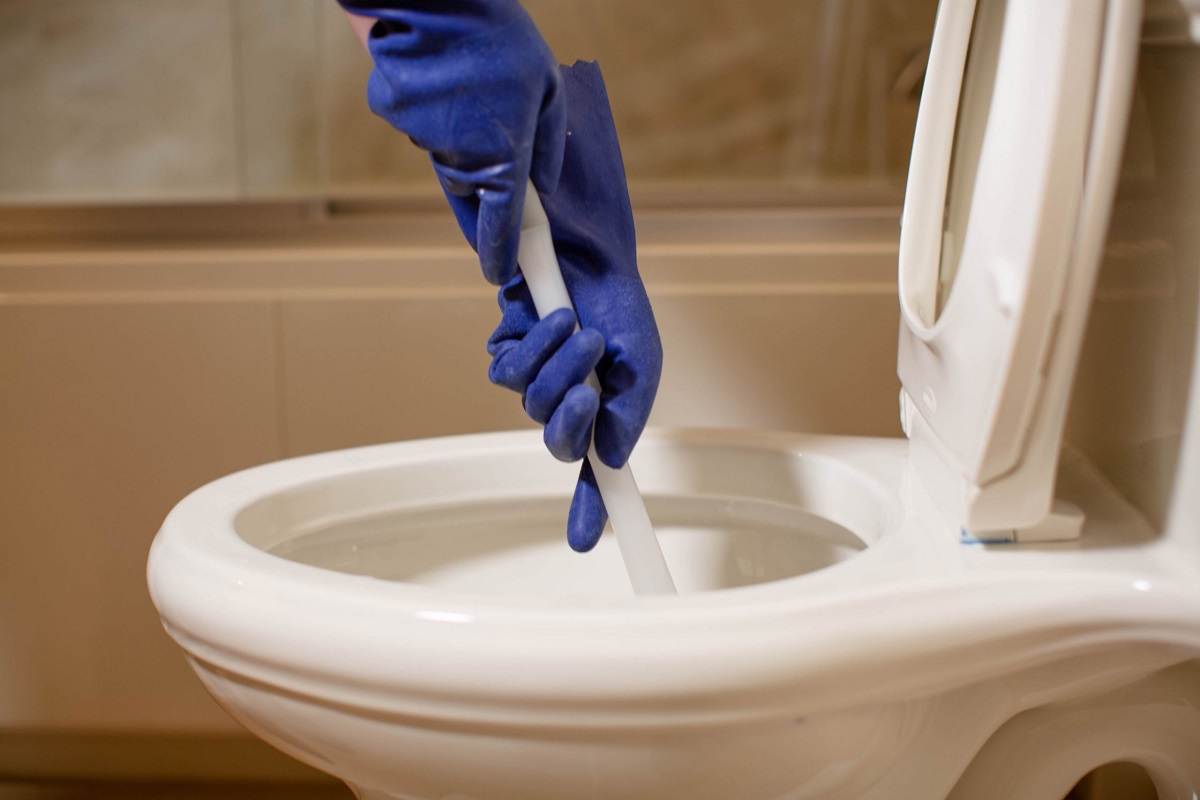
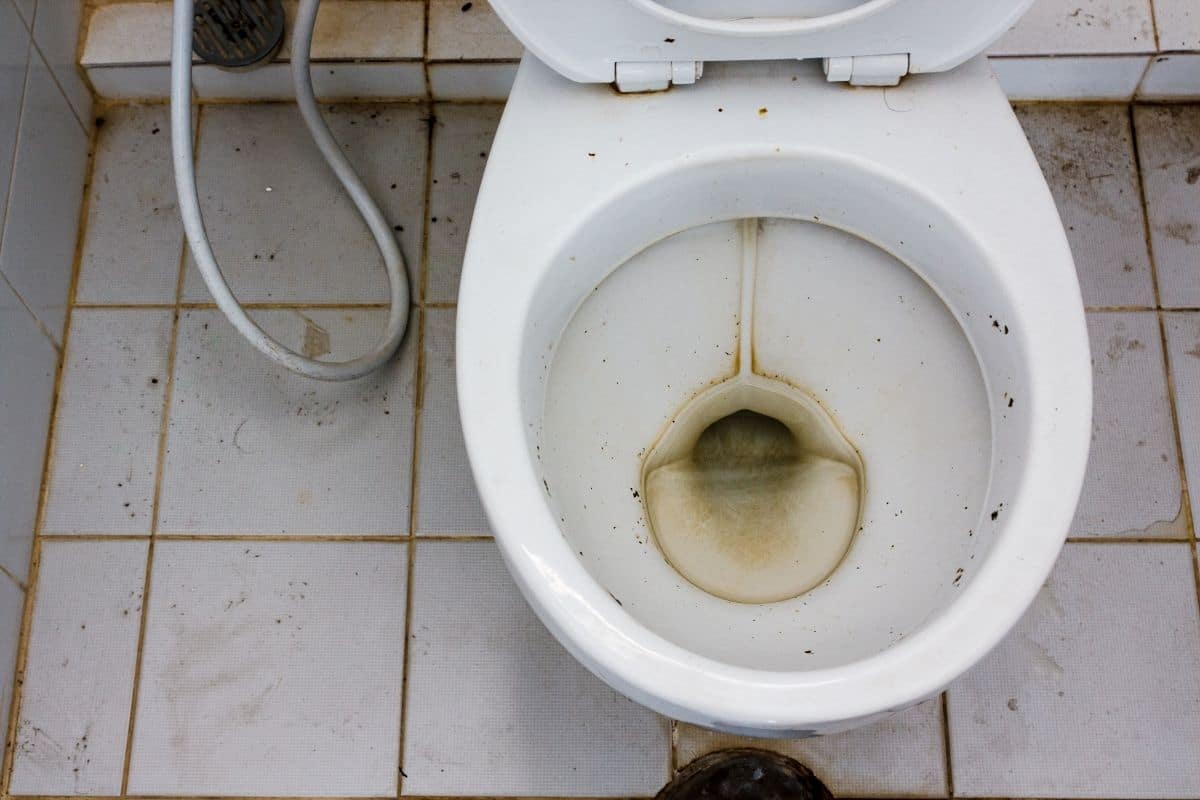
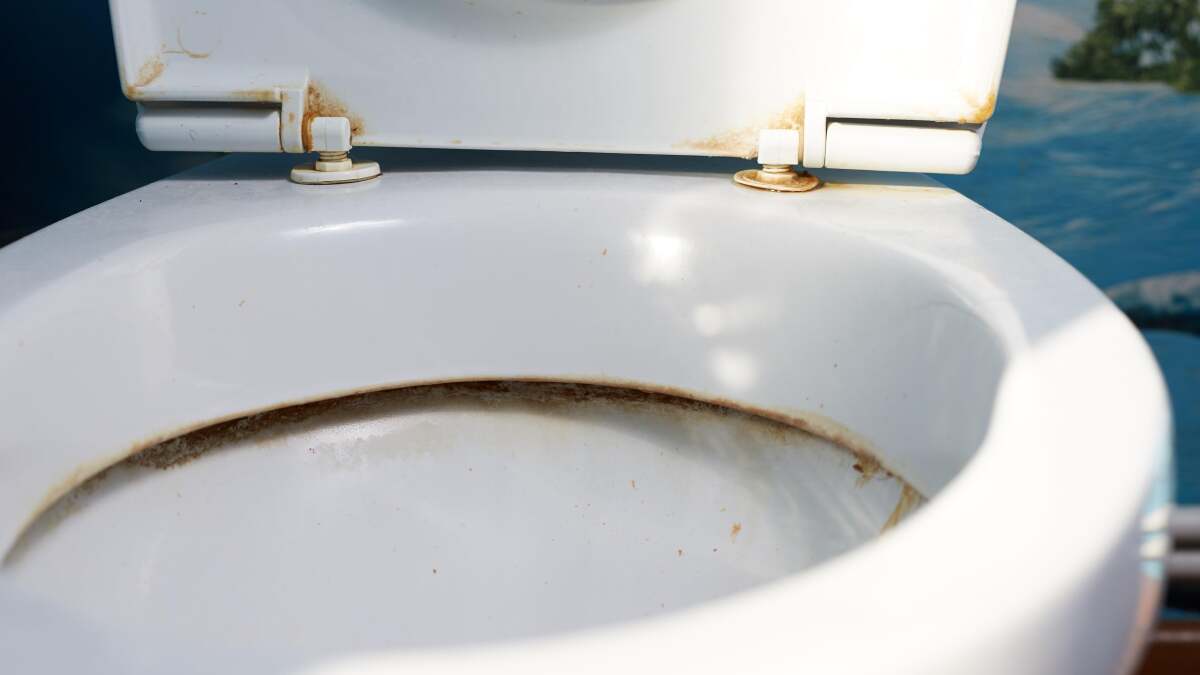
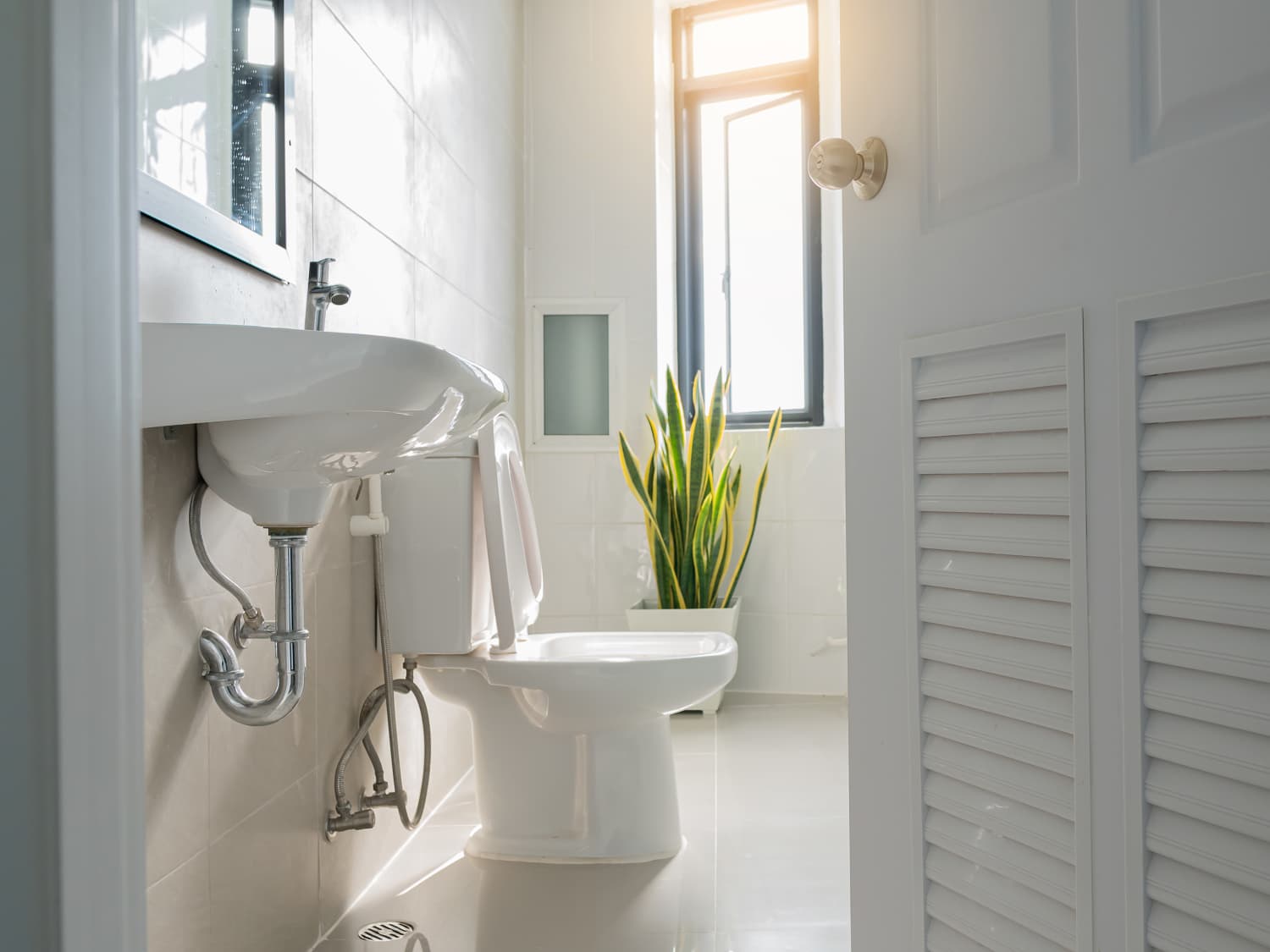
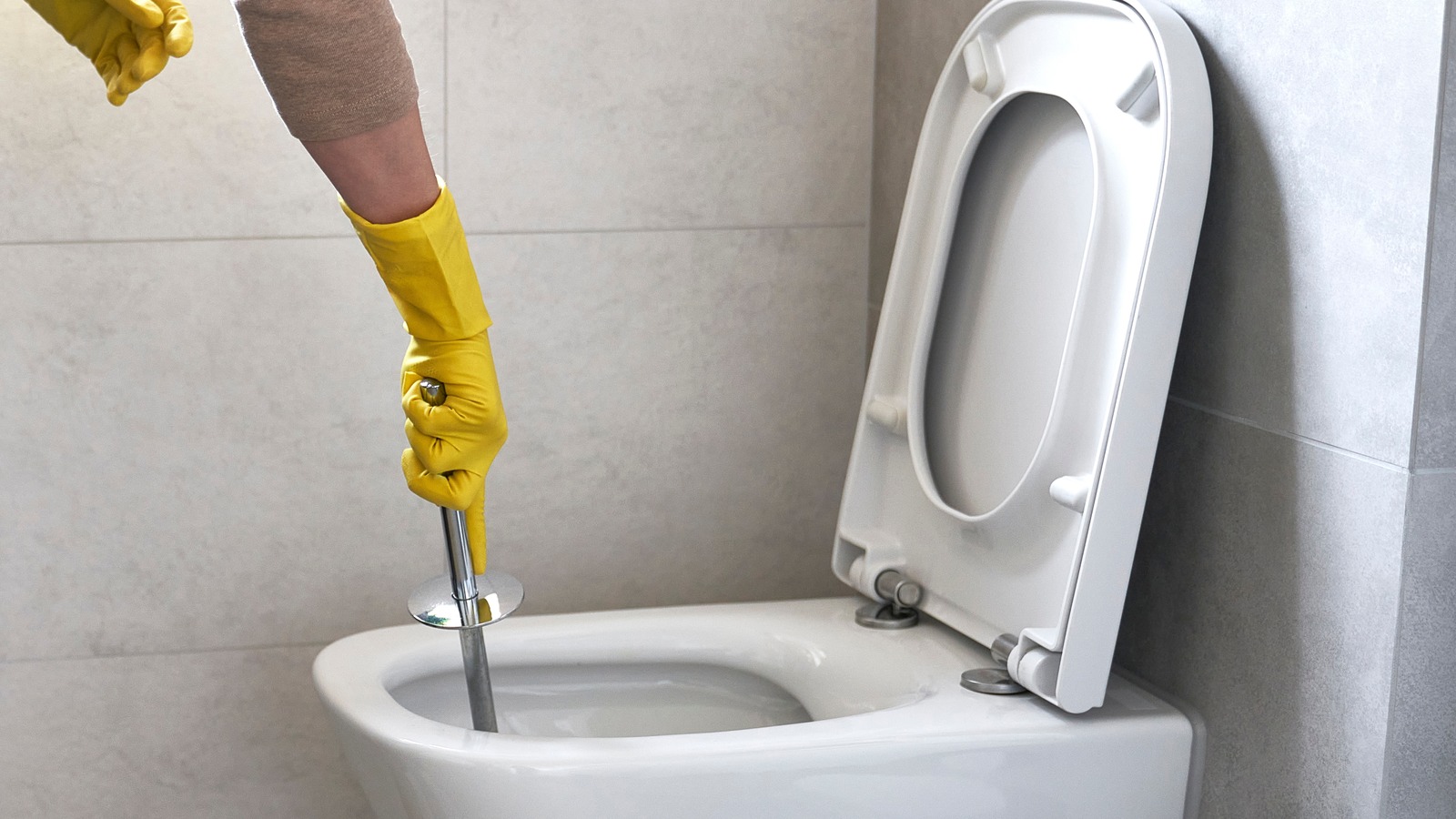
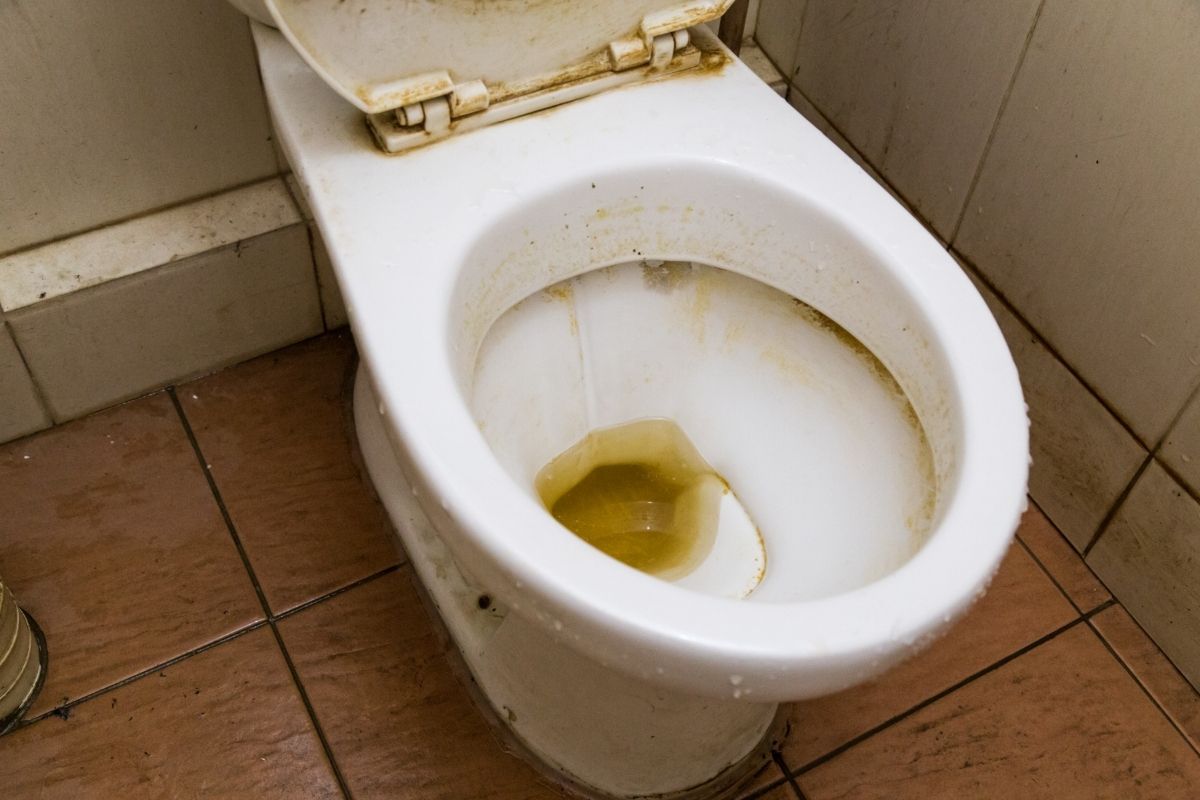
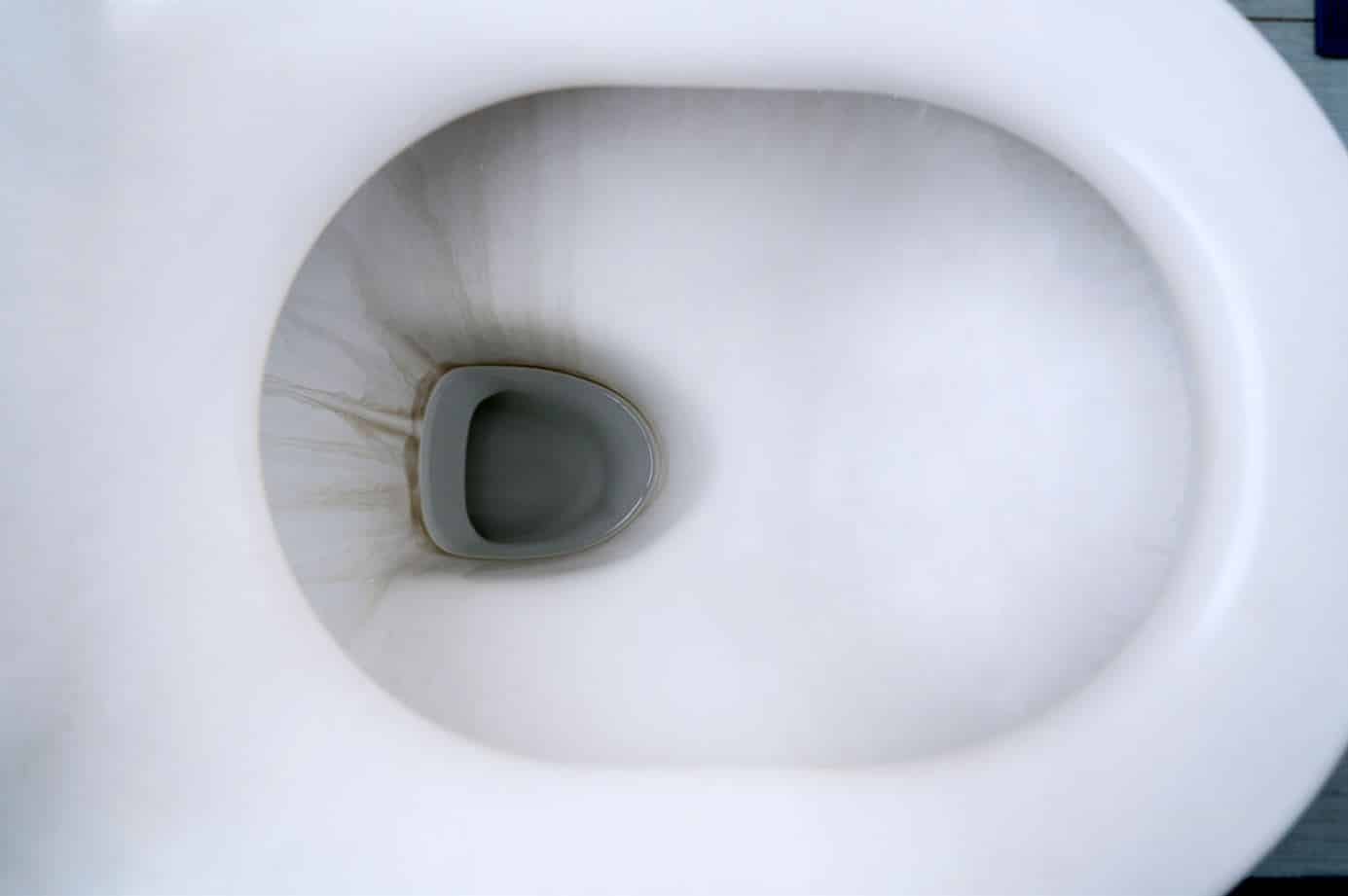
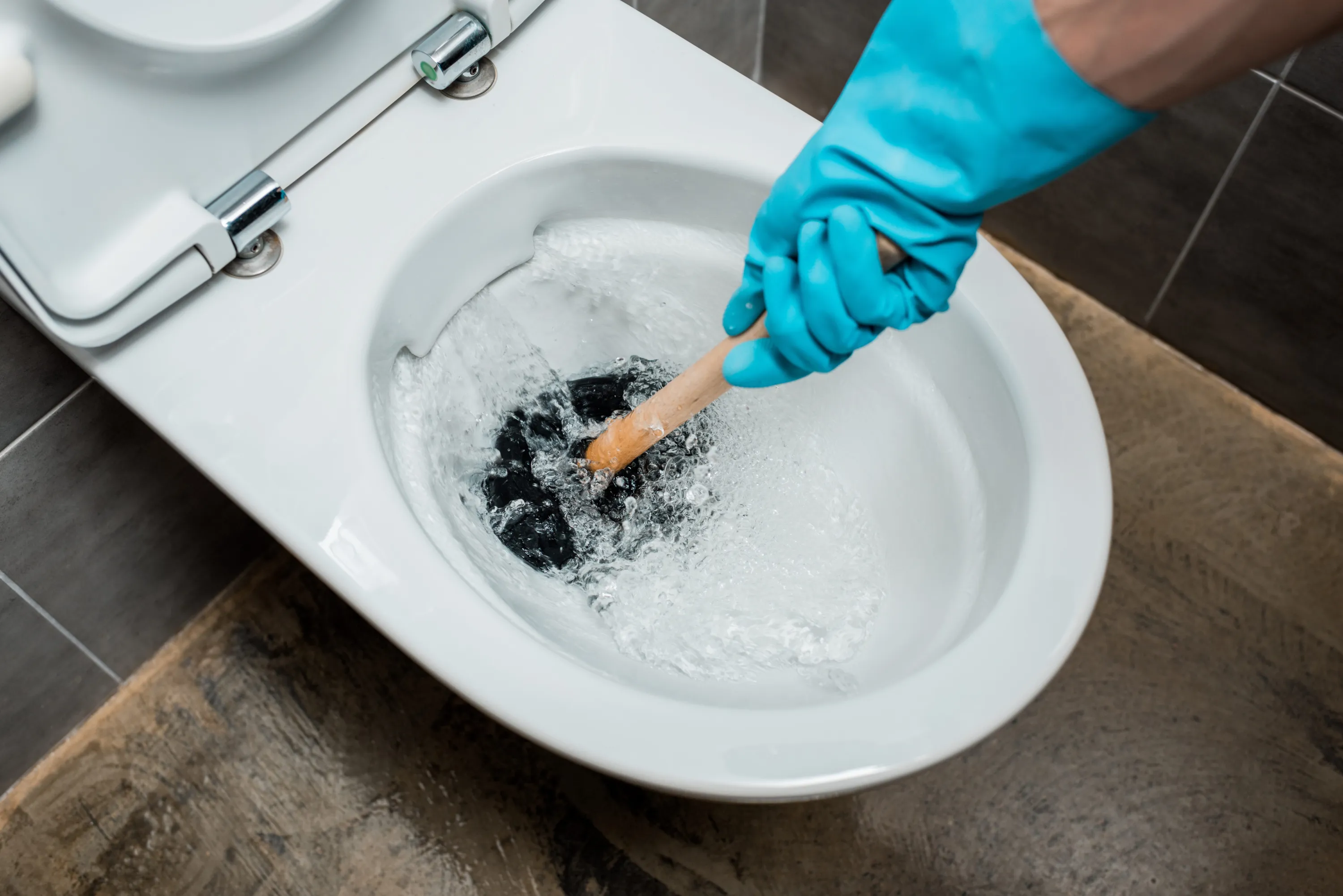
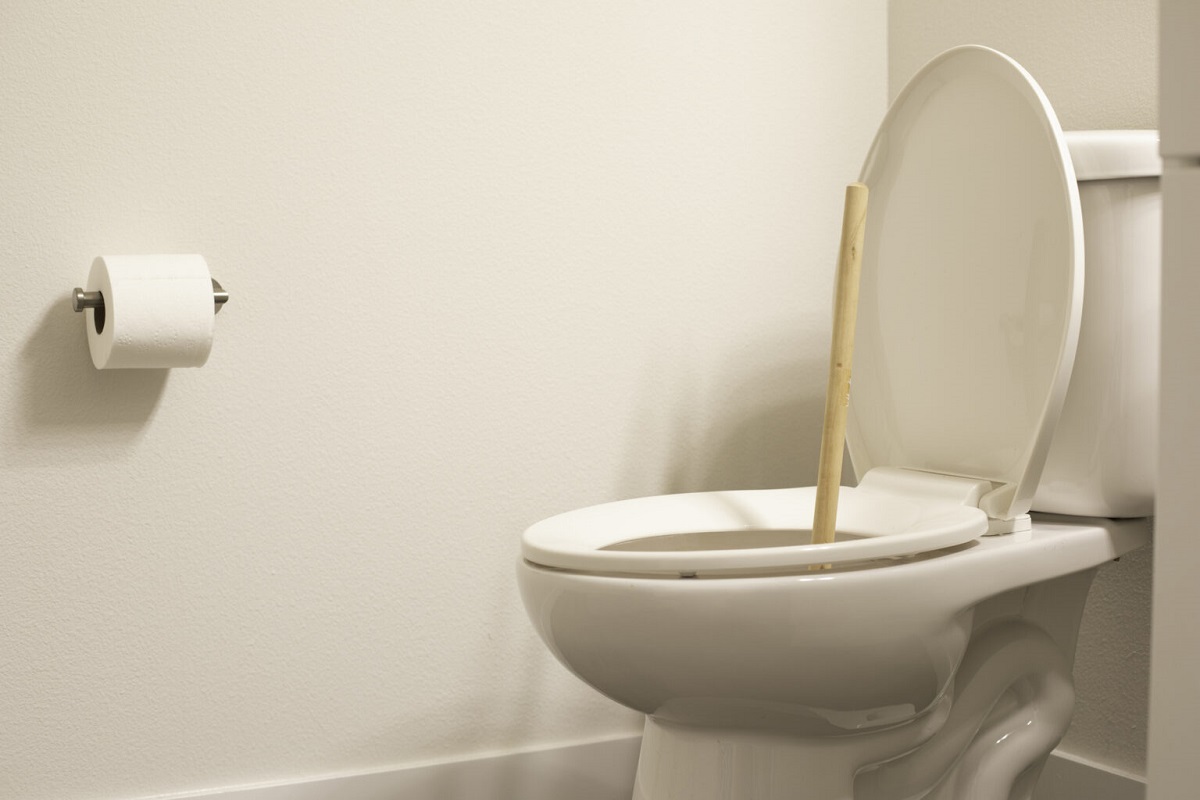

0 thoughts on “How To Remove Clog In Toilet Bowl”